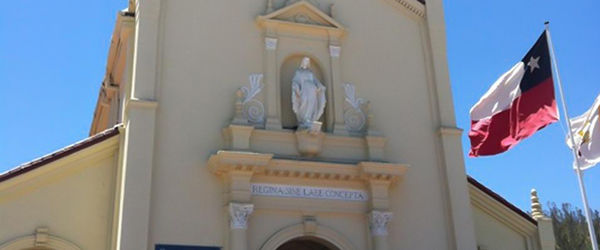This year, for the first time, the feast day of St. Hildegard of Bingen will be celebrated (on Sept. 17). Pope Benedict XVI declared her a saint in May 2012 and proclaimed her a Doctor of the Church at the beginning of the Year of Faith in October. She is now the fourth woman to be included in the roster of 35 Doctors of the Church, joining St. Teresa of Avila (1970), St. Catherine of Siena (1970) and St. Therese of Lisieux (1997).There are three main criteria for this religious distinction: eminent learning, high degree of sanctity and proclamation by the church (that includes espousing doctrine that benefits the church). Each person is also established as a saint in the church calendar. In the Archdiocese of Los Angeles, 22 parishes are named for Doctors of the Church.St. Hildegard joins this auspicious group based on her remarkable contributions in the 12th century that continue to foster devotion today. She was the abbess and foundress of a Benedictine convent in Germany, a prophet, mystic, preacher, theologian, musician, composer, poet, linguist, artist, doctor, scientist and pharmacist. From childhood she enjoyed holy visions in which the word of God was revealed to her as “all living creatures are sparks from the radiation of God’s brilliance, and these sparks emerge from God like the rays of the sun.”Besides numerous preaching tours throughout the Rhineland and composing religious music of haunting beauty, St. Hildegard corresponded with popes, archbishops, bishops and kings. Her medical treatises are the only surviving reliable documents from the 12th century. She died Sept. 17, 1179, the same day as her new feast day. “God is the good and all things which proceed from him are good,” epitomizes her life and belief.

